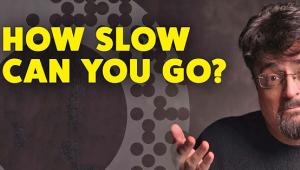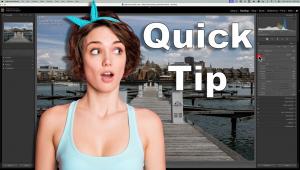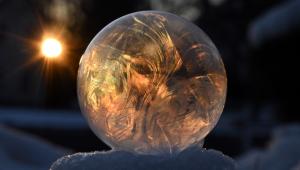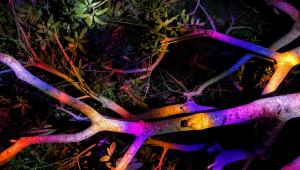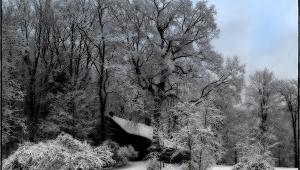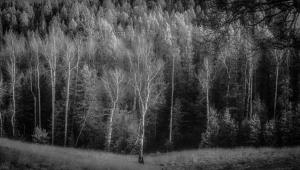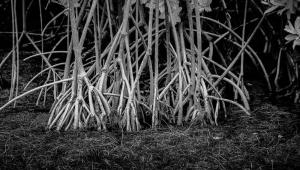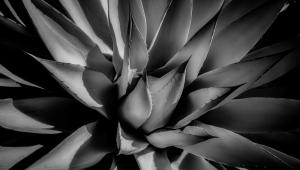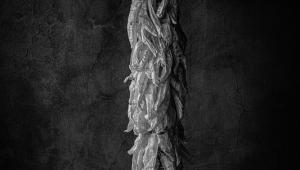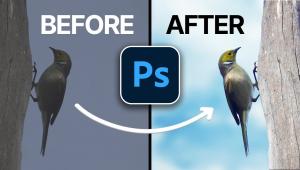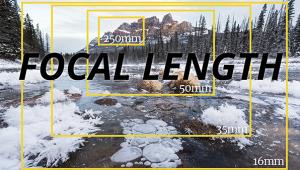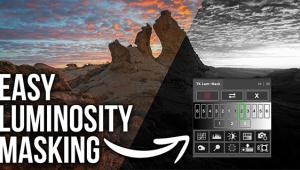Photographic Super Course: Macro Photograqphy
|
Photos by Jack and Sue Drafahl
One of the most common bits of advice drummed into new photographers is "get closer to your subject!" In that context, it means that novice shooters generally shoot from too far away, so their subject is lost among all the other stuff in the picture. Macro (or close-up) photography takes this to the extreme: shooting subjects from closer than is possible with normal camera lenses. Macro photography lets you explore new worlds, and create exciting photos as you do so. You can zero-in on a small portion of a large subject to create an interesting abstract image, or fill the frame with a tiny subject. Either way, close-up photography enables you to produce images that you can't see easily with your unaided eye. Close-up photography does require some special equipment. But this equipment isn't all costly. There are a number of ways to get closer: close-up lenses, extension tubes, bellows units, macro lenses and more. Here are the pluses and minuses of the various ways to get close. Macro Lenses Macro lenses come in standard (50-60mm), short telephoto (90-105mm) and moderate telephoto (180-200mm) focal lengths. Longer macro lenses will produce a given magnification from farther away than a shorter macro lens will. A 200mm macro lens will produce a life-size image from 4X as far away as a 50mm macro lens—handy if your subject is a deadly snake or a skittish insect, and giving you more room to position your light source (if you're using artificial lighting, such as electronic flash). If you're interested in close-up work, and don't already have a telephoto lens, a macro tele would be a great choice (the short macro teles are great for portraits, and the longer macro teles are great for action shooting, too). Of course, nothing is without its drawbacks, and macro lenses have theirs: lack of lens speed compared to nonmacro lenses of equal focal length (most have a maximum aperture of f/2.8, which is pretty slow for a 50-60mm lens), added bulk, and higher cost. Many zoom lenses are touted as being "macro." Most really aren't—they'll focus only close enough to produce 1/4- or 1/5-life-size images on the film, and macro really means life-size (or at least half life-size) images on the film. But there are a few that come close to true macro, including Nikon's AF Zoom-Micro Nikkor 70-180mm f/4.5-5.6D ED, which focuses down to 1:1.32 (3/4 life-size), and Sigma's 70-210mm f/3.5-4.5 APO Zoom Macro, which provides a 1:2 (half-life-size) image size at its macro setting. Close-Up Lenses The strength of a close-up lens is expressed as a diopter number. The diopter number indicates how close your camera lens can focus with the close-up lens attached, in fractions of a meter. A +2 close-up lens will let you focus 1/2 meter away, a +3 close-up lens 1/3 meter away, and so on. These distances apply regardless of the focal length of the camera lens—a +4 close-up lens will let you focus 1/4 meter away whether attached to a 50mm lens or a 200mm lens. Note: These focused distances are based on the camera lens being set at infinity. When the camera lens is focused closer than its infinity setting, the combination of camera lens and close-up lens will focus even closer. Close-up lenses are available individually or in handy sets that contain three lenses: +1, +2, and +3 or +4. To focus even closer, you can combine close-up lenses: for example, a +1 and a +4 equal a +5 (you can focus 1/5 meter away). Attach the higher-numbered close-up lens to the camera lens, and the lower-numbered close-up lens to the higher-numbered one for best results. Naturally, the longer the focal length of the camera lens, the larger the image at a given camera-to-subject distance. A +2 close-up lens attached to a 200mm camera lens will produce a much greater magnification than the same +2 close-up lens attached to a 50mm camera lens. Close-up lenses offer the advantages of simplicity, relatively low cost and no exposure compensation required, but they also have a couple of limitations. First, close-up lenses won't give you much more than life-size (1:1) magnification, and second, close-up lenses cause a loss of image quality, especially around the edges. This loss of sharpness becomes greater as the strength of the close-up lens increases. For really serious close-up work, extension tubes and bellows are better choices. (Note: Stopping the camera lens down improves sharpness when using close-up lenses. And there are two-element close-up lenses that provide better image quality, especially with telephoto lenses.) There are some neat devices called spit-field lenses. These are close-up lenses cut in half and mounted in a threaded mounting ring. They allow you to focus on a very near subject (through the close-up lens half) and a distant one (through the empty half) simultaneously. |
- Log in or register to post comments














